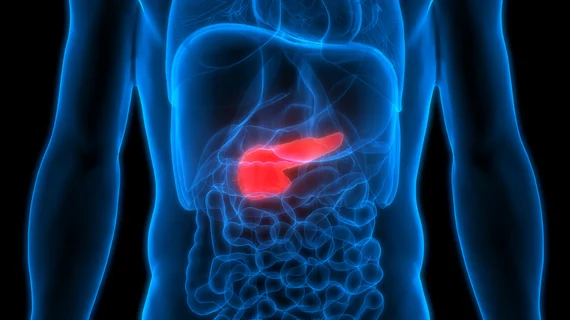FDA approves first cellular therapy to treat type 1 diabetes
Just eight days after approving the first anti-inflammatory drug for cardiovascular disease, the U.S. Food and Drug Administration (FDA) has made another historic approval focused on cardiovascular health.
The agency announced Wednesday, June 29, that it has approved donislecel, a new pancreatic islet cellular therapy made from the pancreatic cells of deceased donors, for the treatment of type 1 diabetes among adult patients with severe hypoglycemia. Donislecel is marketed and sold by Chicago-based CellTrans under the brand name Lantidra.
This represents the first time the FDA has approved a cellular therapy for type 1 diabetes.
The FDA shares a statement on the approval of donislecel/Lantidra
“Severe hypoglycemia is a dangerous condition that can lead to injuries resulting from loss of consciousness or seizures,” Peter Marks, MD, PhD, director of the FDA’s Center for Biologics Evaluation and Research, said in a prepared statement. “Today’s approval, the first-ever cell therapy to treat patients with type 1 diabetes, provides individuals living with type 1 diabetes and recurrent severe hypoglycemia an additional treatment option to help achieve target blood glucose levels.”
Donislecel/Lantidra is administered as a single infusion into the patient’s hepatic portal vein. An additional infusion might be performed if the patient responds well to that first dose. The idea behind this cellular therapy is that the infused cells can produce enough insulin that the patient no longer needs to rely on the use of injections or a pump to control their insulin levels.
The therapy’s safety and effectiveness was displayed in a series of single-arm studies focused on a total of 30 participants with type 1 diabetes and hypoglycemic unawareness, a condition that means they are unable to detect when their blood glucose is dropping. Of those 30 participants, 21 were able to go one year or more without taking insulin. Ten of those participants, in fact, went more than five years without needing to take insulin.
Adverse reactions to donislecel/Lantidra
Nausea, fatigue, anemia, diarrhea and abdominal pain are among the most common adverse reactions associated with this new therapy. In some instances, the reactions were severe enough that the patient had to stop taking the immunosuppressive medications that help the therapy perform its function.
“These adverse events should be considered when assessing the benefits and risks of Lantidra for each patient,” according to the FDA. “Lantidra is approved with patient-directed labeling to inform patients with type 1 diabetes about benefits and risks of Lantidra.”

